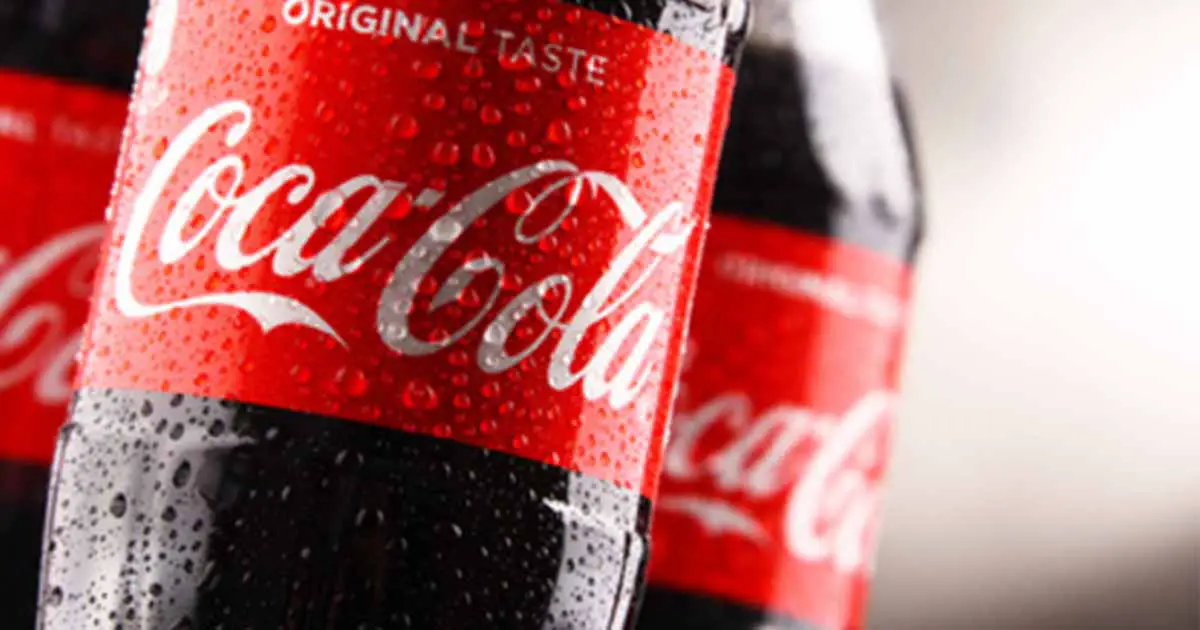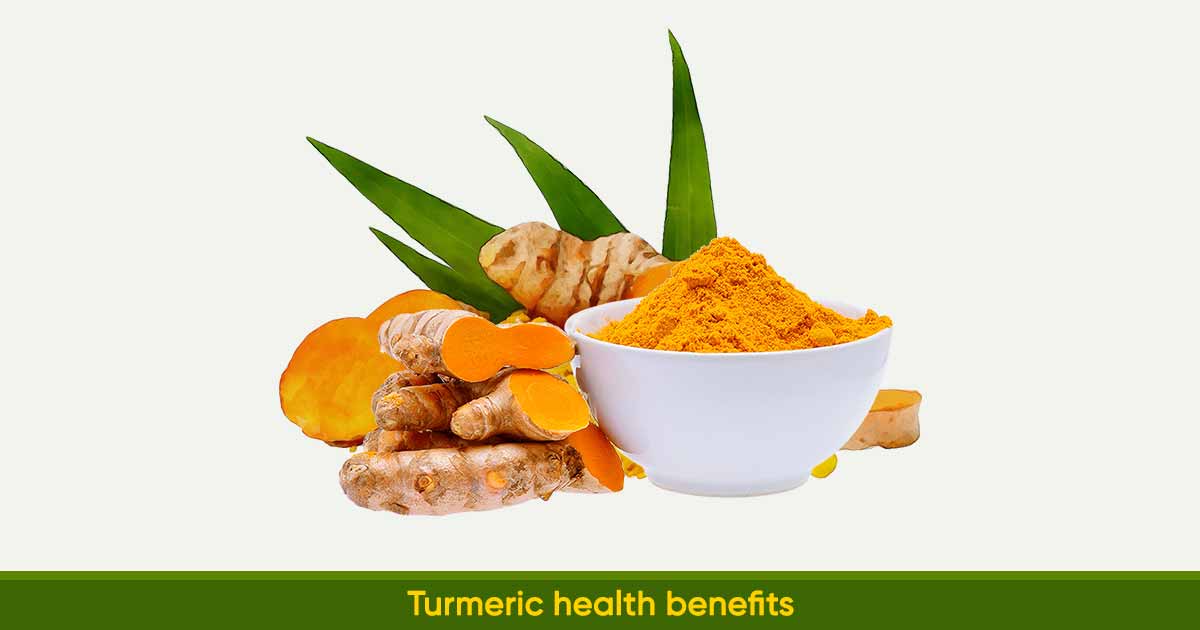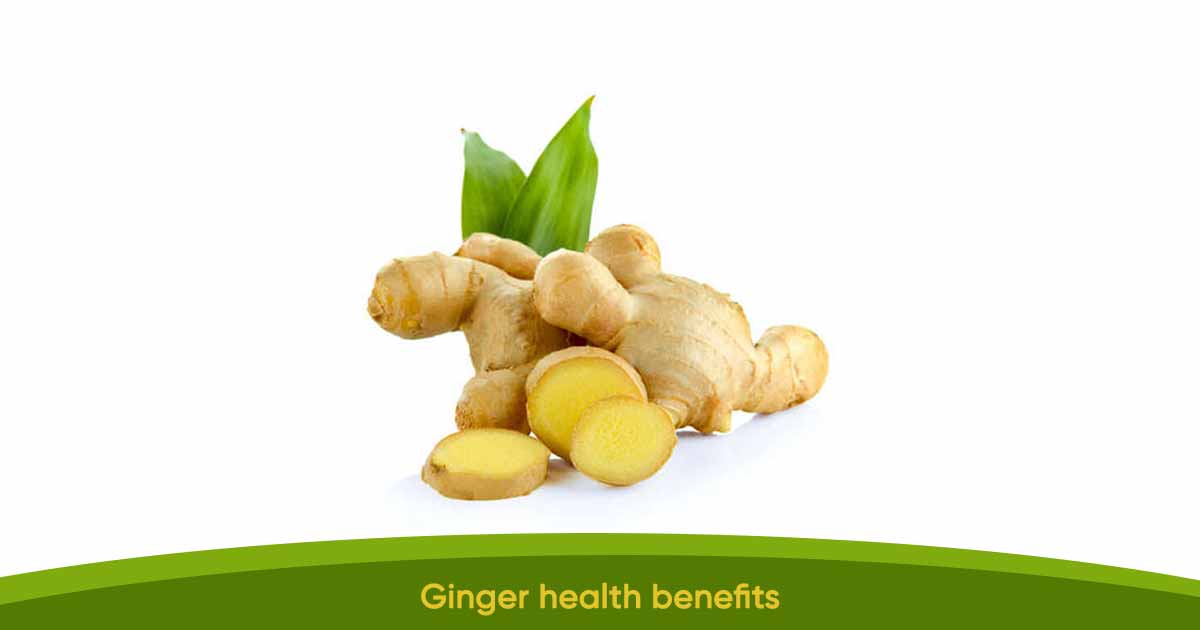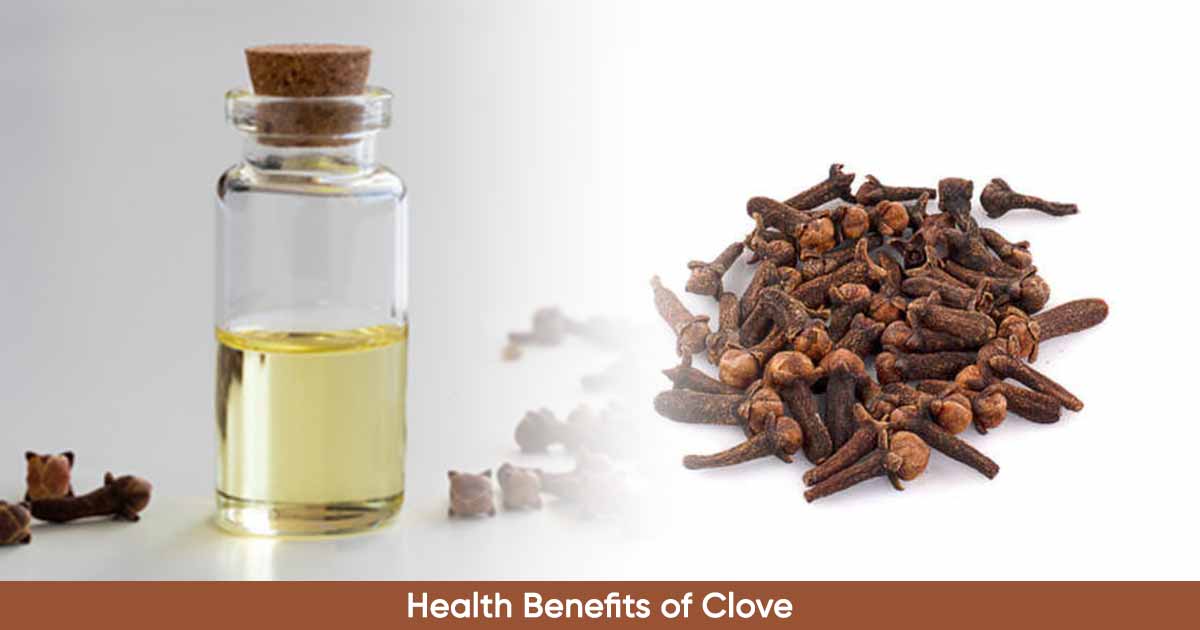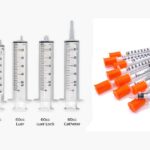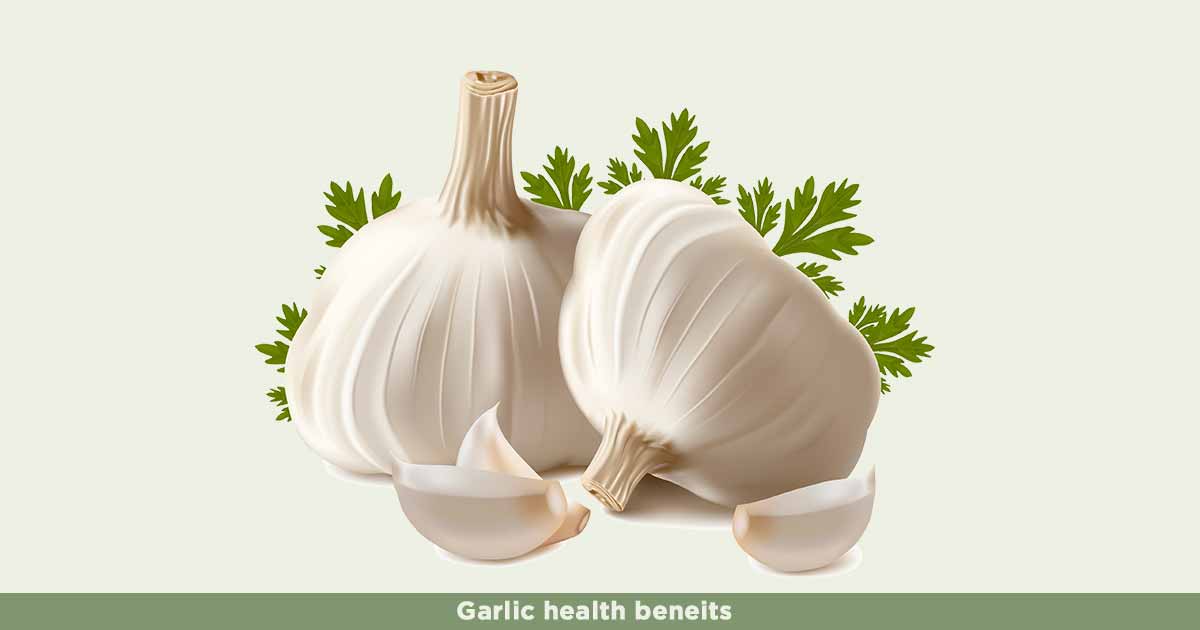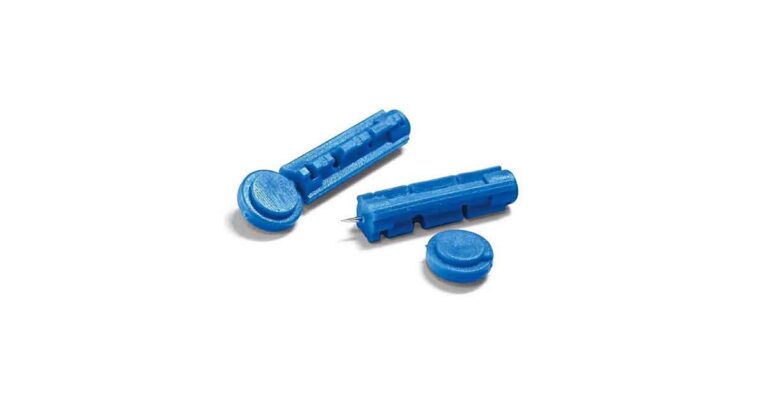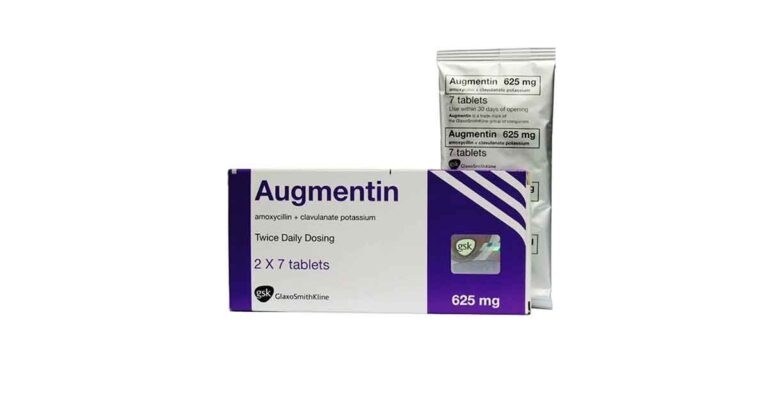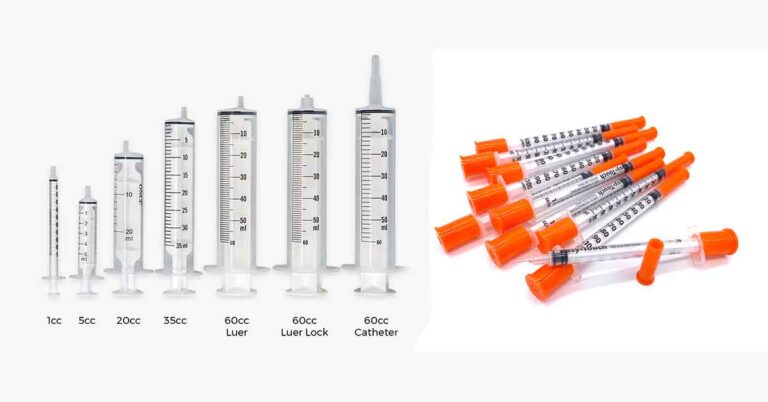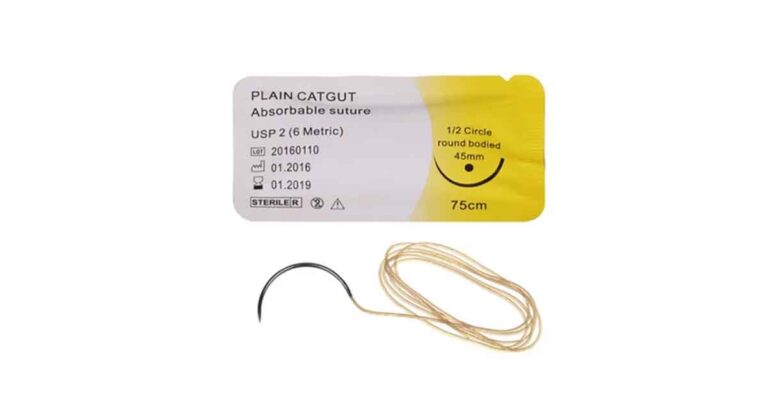Coca-Cola is the most popular beverage company in the world. The company behind the brand, the Coca-Cola Company, alongside other bottling countries worldwide, accounts for over 3000 beverage products in more than 200 countries in the world.
The company has its headquarter in Atlanta, Georgia, in the US. The products of the company are tea, coffees, energy drinks, enhanced water, waters, juice drinks, dairy products, soy-based drinks, and brands such as Fanta, Sprite, Coke Zero, Diet Coke, and the most popular drink, Coca-Cola.
1886 Coca-Cola Recipe: The Origin
Back in 1886 in Atlanta, Georgia, a pharmacist, John Stith Pemberton, wanted to create a drink that can be refreshing and uplifting. He searched for ingredients in the port of Georgia and finally mixed a perfect recipe in a three-legged brass kettle, marketing it for the first time as “Coca-Cola: The temperance drink”
He sold the ownership of the Coca Cola drink to a businessman, Asa Griggs Candler, in 1888.
READ ALSO: Important Types of Examination Gloves, Other Gloves Types
In 1904, cocaine, which was a legal stimulant in the days of Pemberton, was removed from the coke formula, but the extract from coca leaves is still used.
In 1917, because of the soaring prices of sugar as a result of market manipulation by the Soviet Union, the largest producers of sugar, the company switched from using sugar to high-fructose corn syrup.
The fizzy drink Coke formula still remains a trade secret. The famous “Merchandise 7X” flavoring still remains the same since 1886 and is a top secret. Only two executives at Coca-Cola company have the information, and both of them do not travel on the same airplane for the fear of loss of the secret should any incidence occurs.
In what looks like decoding the secret Coke formula, Grass claims to have discovered the closely guarded formula in the back issue of Pemberton’s local paper, the Atlanta Journal-Constitution, tucked away in the inside page of the 8 February 1979 edition. The article claims to have discovered the secret recipe.
The information is inside an old leather-bound notebook of RR Evans, a chemist and friend of Pemberton. The recipe contains extract of coca leaves, caffeine, sugar in large quantity (it specifies 30 unidentified units thought to be pounds), lime juice, vanilla and caramel. They add the important 7X flavourings: orange, lemon, coriander, nutmeg, neroli and cinnamon (six oils), and alcohol into the syrup.
However, the veracity of this claim is yet to be ascertained.
They have moved the original secret formula from vaults to vaults, with the recent being the movement from a vault at SunTrust Banks to a new location in 2011.
The Coca-Cola drink name is from the two main ingredients in the original formula: coca leaf and kola nut. The company makes the syrup concentrate and distributes it to licensed Coca-Cola bottlers worldwide. Bottlers now mix the syrup with sweeteners, filtered water, carbonate and bottle it.
The Coca-Cola company is a publicly traded company with shares traded on the New York stock exchange. So the company is owned by many investors and shareholders.
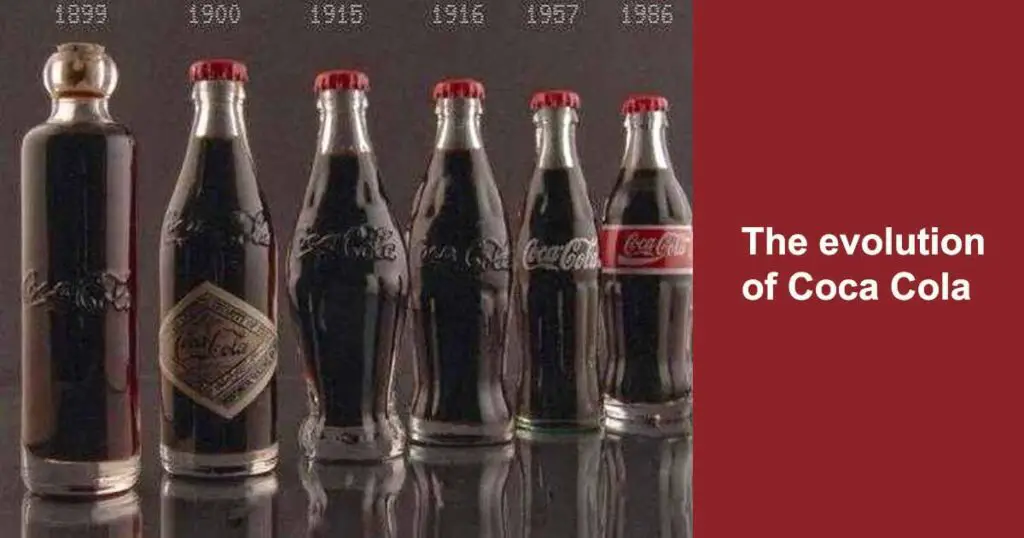
The Coke Formula
Though the coke formula remains a trade secret, the company lists the ingredients on the bottle of the drink, but the secret recipe, mix of the vegetable extracts and other ingredients are not revealed.
The ingredients in the Coca-Cola drink are:
Water:
Most drinks contain between 85% to 99% water to meet the body’s hydration needs.
Sugar:
A 250 ml of Coca-Cola drink contains 27g of sugar (this is 30% of average adult daily need of 90g sugar). This is equivalent to about 5 teaspoons of sugar. The 250 ml serving has similar calories and sugar as orange juice, and even less than in apple juice.
The sugar used is sucrose or high-fructose corn syrup (HFCS) depending on the country.
Sweeteners:
The Coca-Cola drink contains low calories sweeteners. The advantage over caloric sweeteners is that a small amount of it can replace a larger amount of sucrose. It also reduces intake of calories, which is a necessary step in weight control.
The sweeteners used in Coca-Cola drinks can be aspartame, Acesulfame potassium (Ace-K or acesulfame K), saccharin, cyclamate, stevia extract (steviol glycosides), and sucralose.
Aspartame is 200 times sweeter than sugar. It is approved by the US FDA, and over a hundred countries for use in food products and drinks. Though aspartame is safe, people with the rare genetic condition, phenylketonuria (PKU) should avoid it because of the amino acid, phenylalanine content.
Sucralose is derived from sugar. It is safe (could be safe in diabetes too). It is 600 times sweeter than sugar and contains no calories.
Acesulfame potassium is 200 times sweeter than sugar and also contributes no calories to diet.
Cyclamate is 20 times sweeter than sugar, has low calories. It is approved by the WHO.
Sacharin is the oldest artificial sweetener. Constantin Fahlberg discovered it in 1897. It is 300 times sweeter than sugar and has no calories.
Stevia extract is got from the leaf of the stevia plant. It is 200 times sweeter than sugar.
Colorant
Caramel is one of the oldest known colorant in foods, drinks, confectioneries, and other beverages. It is not considered natural since it does not exist in nature but is made from other ingredients. There are various categories of caramel, with the Caramel E150d (sulphite-ammonia caramel, Class IV) being approved by the EU as a food colorant.
Flavoring agents
Some plant or vegetable extracts are mixed to provide flavor to Coca-Cola drinks.
Natural Caffeine
Caffeine can be found in tea leaves, coffee, and cocoa beans. It can also be synthesized in the laboratory. A daily consumption of 300 mg or below is considered safe and may not cause side effects.
Pregnant or nursing mothers should, however, take caution with the intake of caffeine. They should limit the caffeine intake to just 200 milligrams each day to avoid low birth weight.
Phosphoric acid
Phosphoric acid contains phosphorous. The mineral is a major component of bones, teeth, and is found in milk, cheese, egg, nuts, fish, soy-based beverages, soft drinks, juices, sports drinks. It gives cola drinks a tangy taste.
A 250 ml of Coca-Cola contains 43 mg of phosphorus, while the same amount of milk contains 208 mg.
Carbon Dioxide
Beverage companies carbonate their drinks by using technology to push carbon dioxide into the liquid under pressure. It adds sparkle, fizz, bubble, and enhances the appeal of the drink. It also gives a pleasant sensation and thirst-quenching feel to the Coca-Cola drink.
Carbonation of drink does not cause weight gain, cellulitis.

